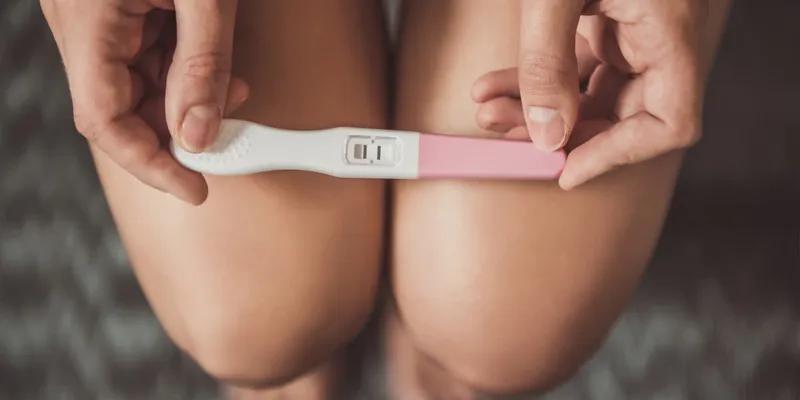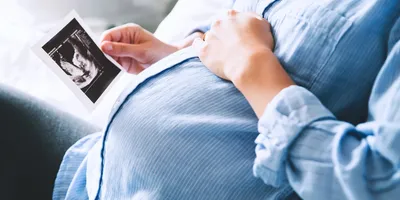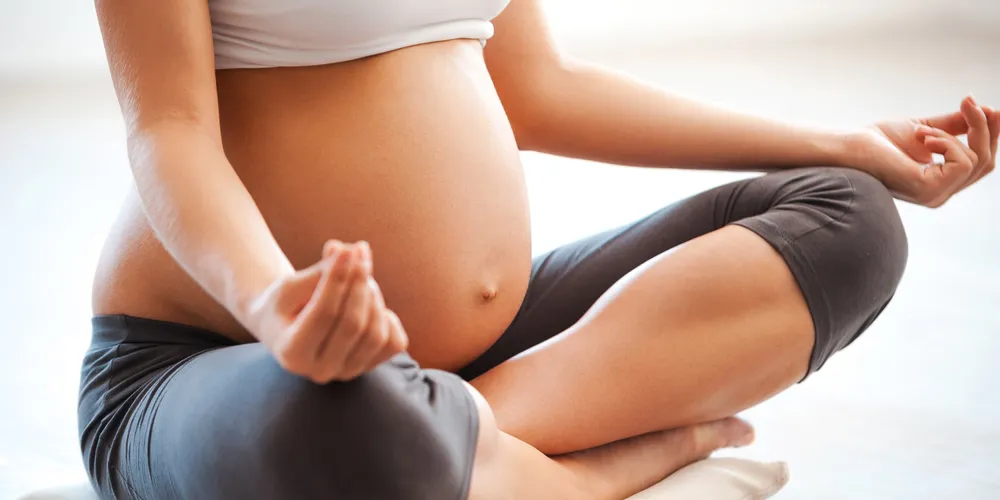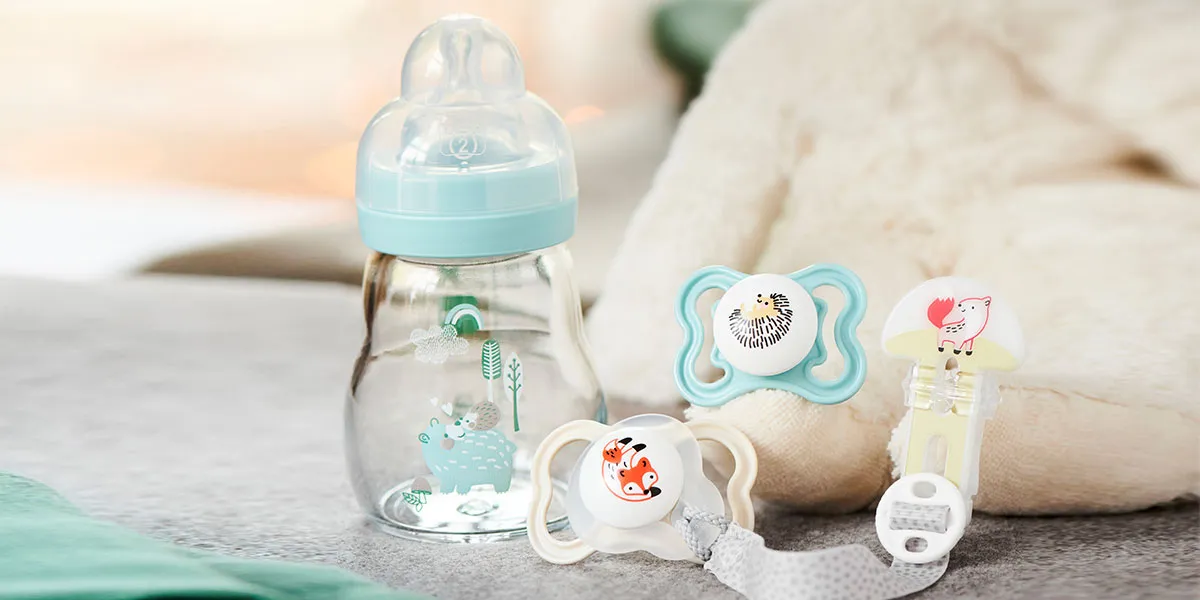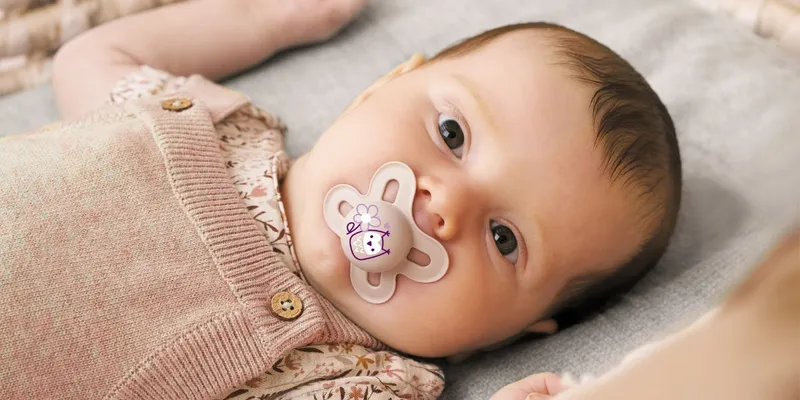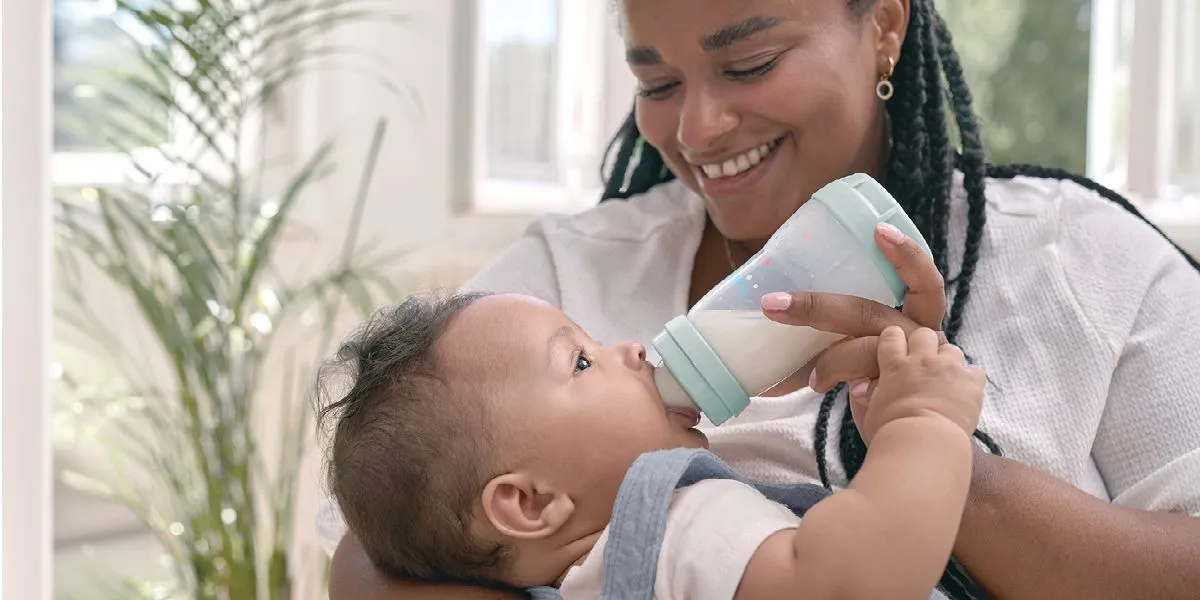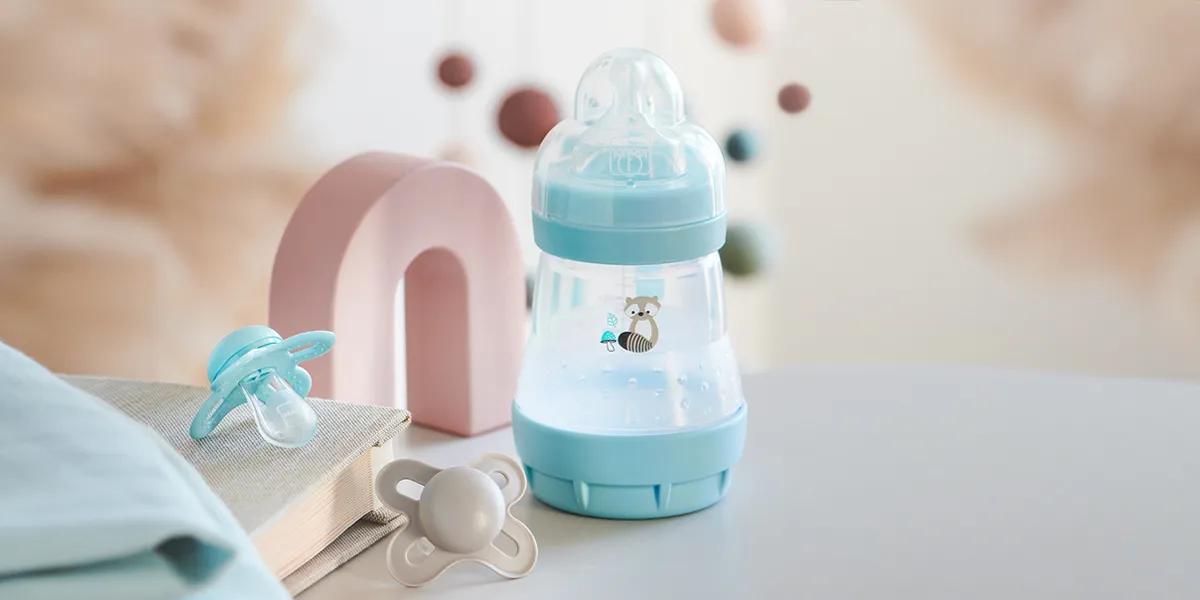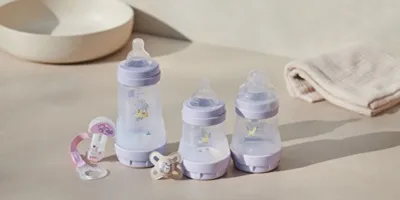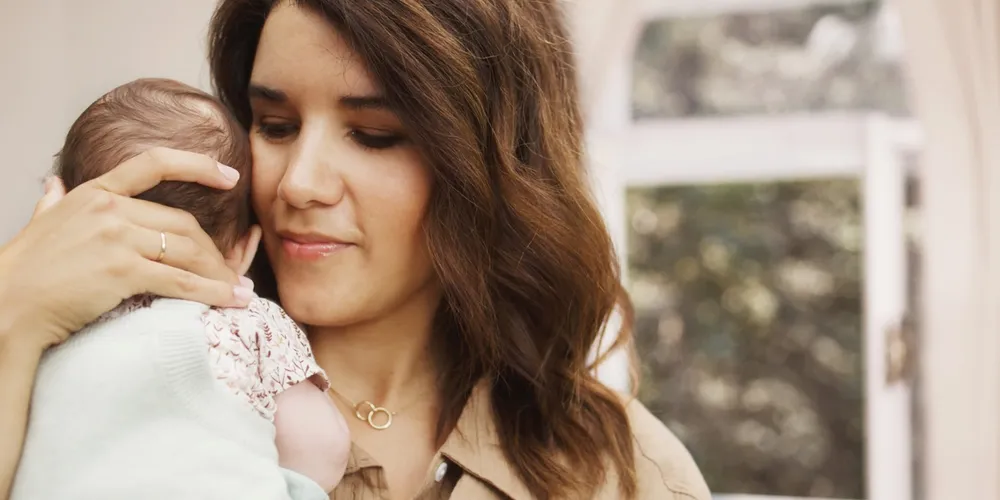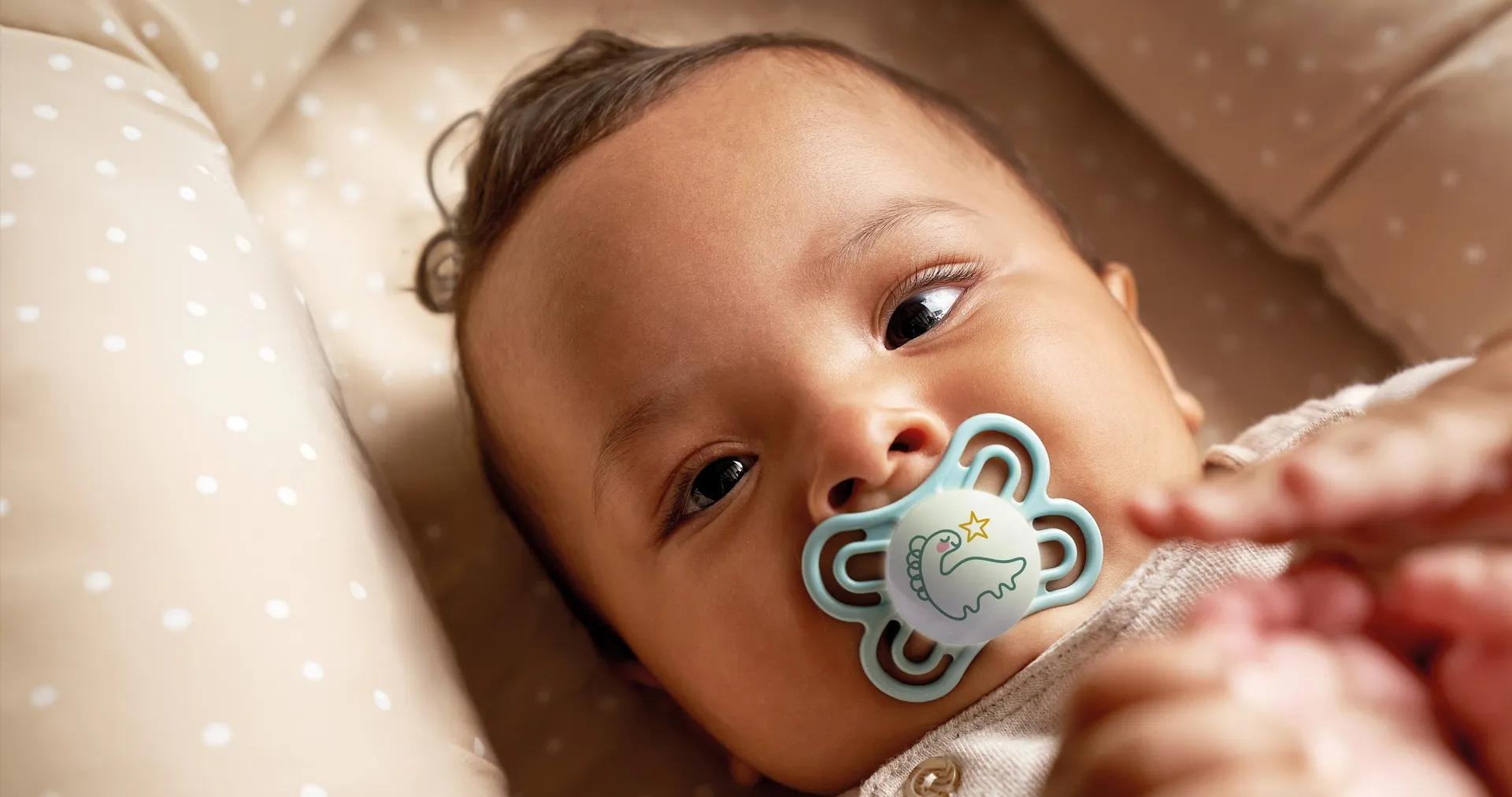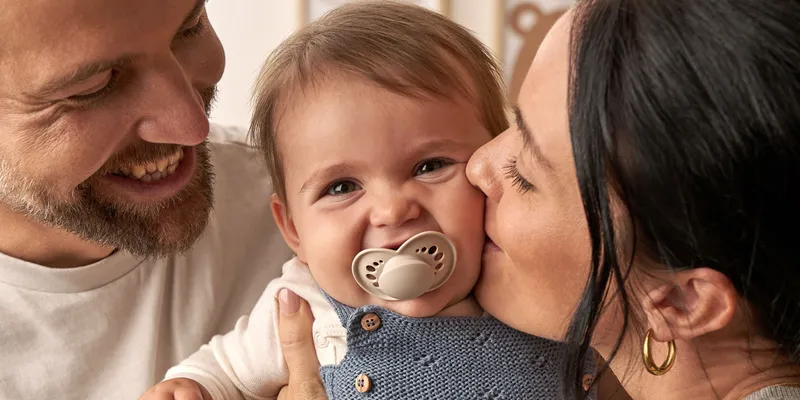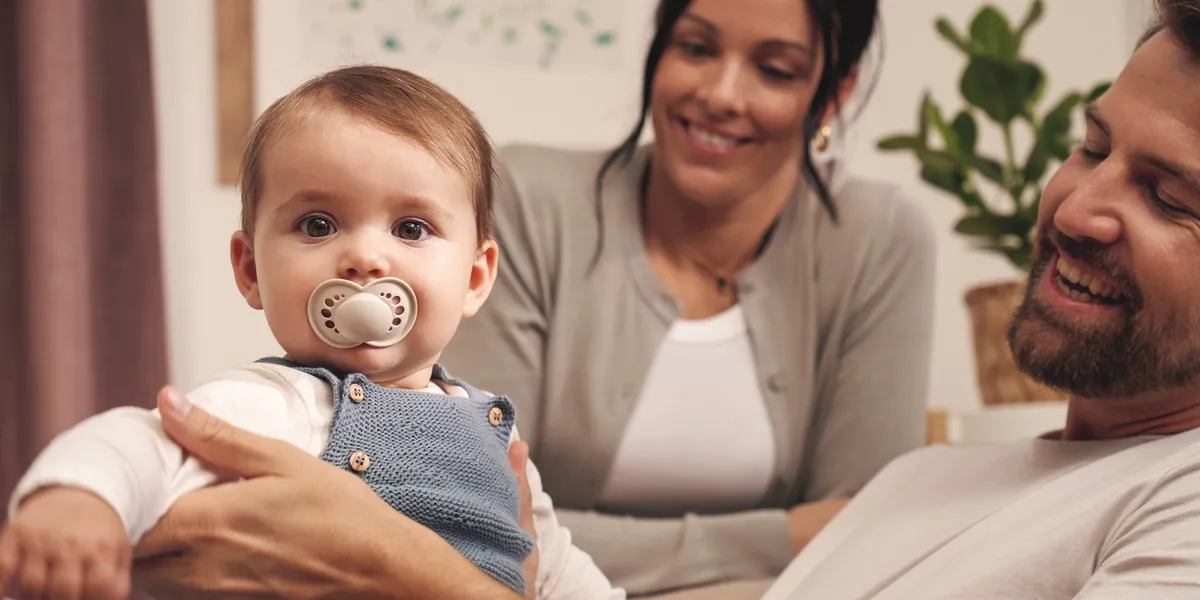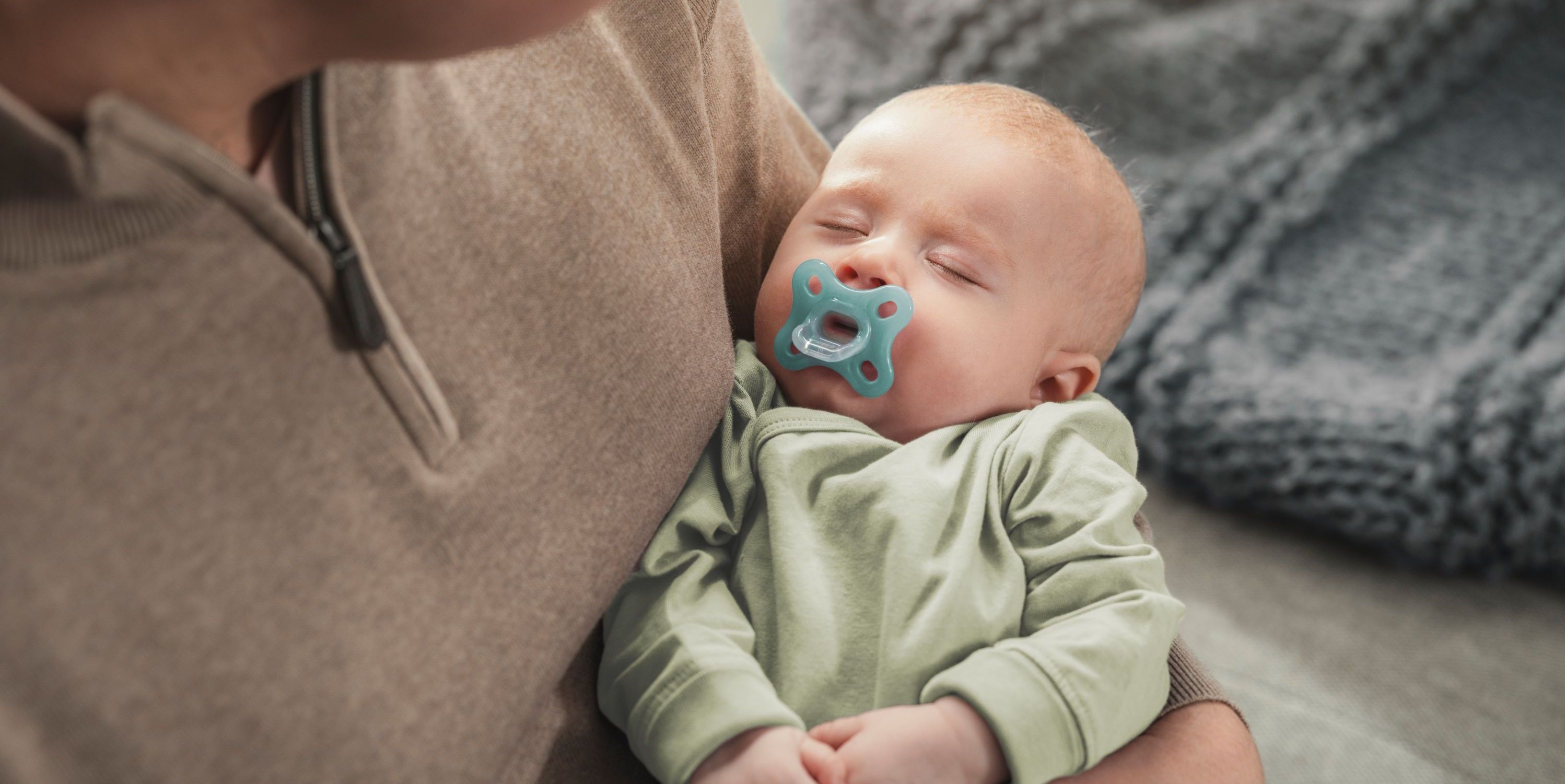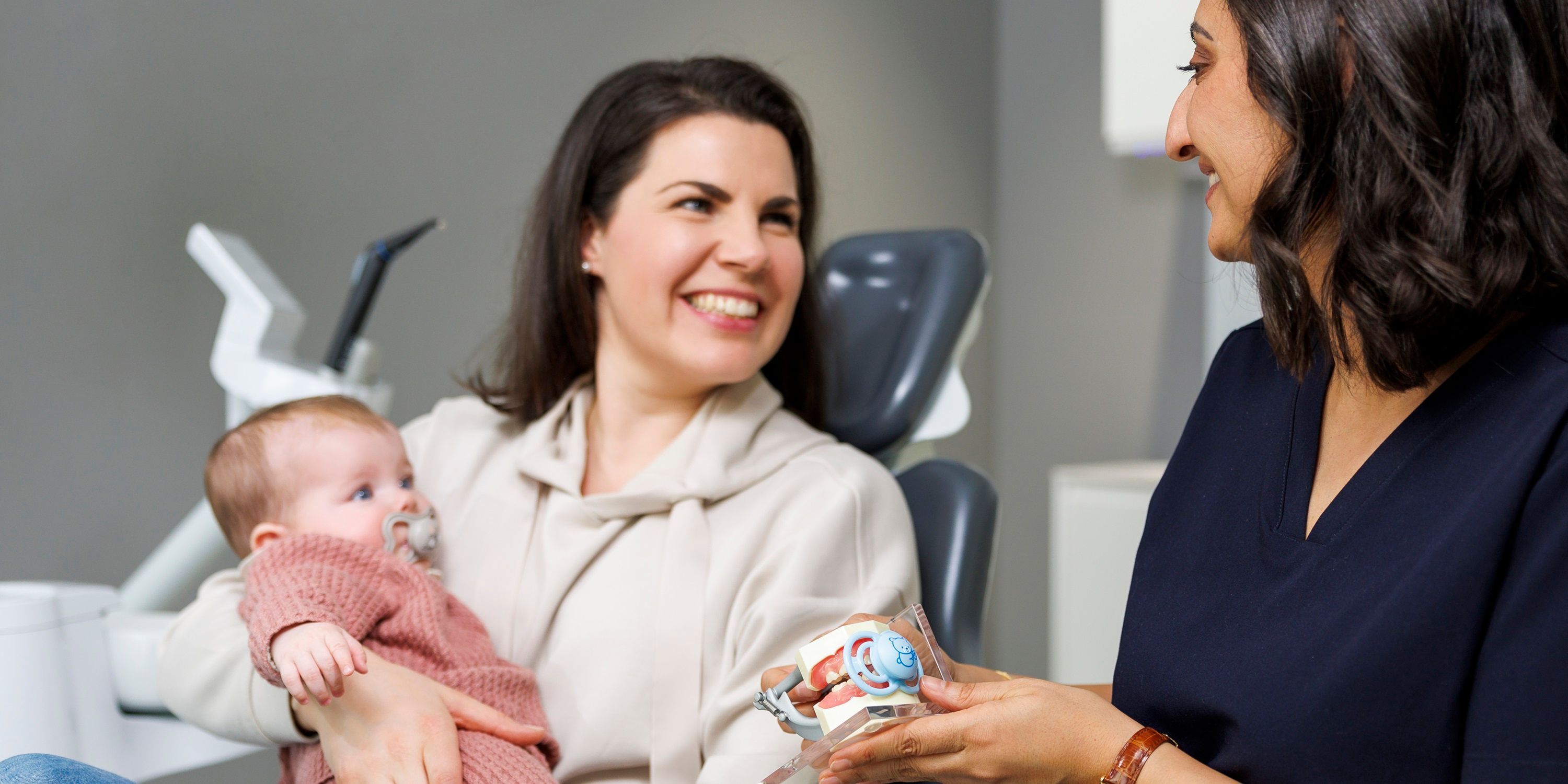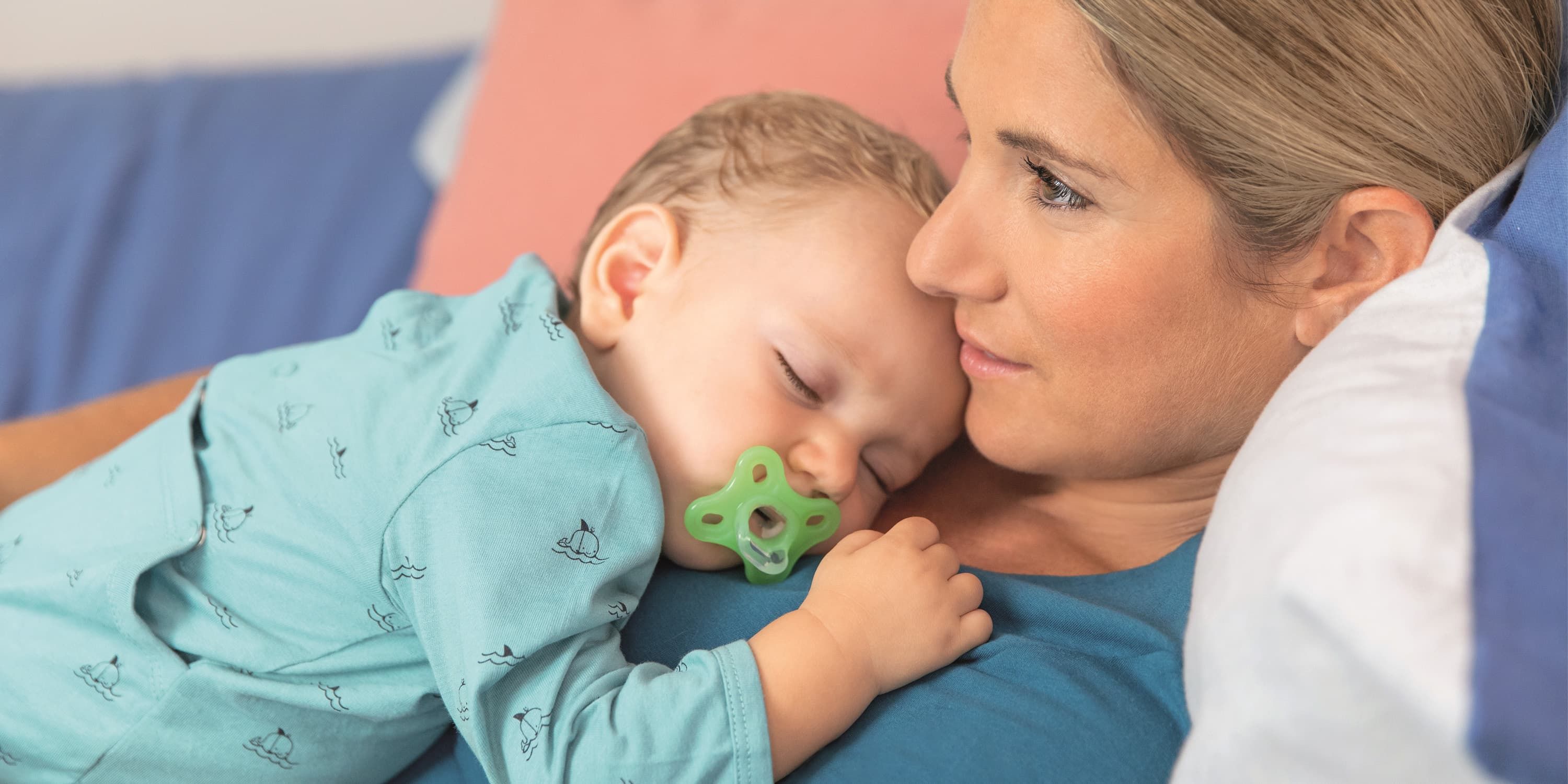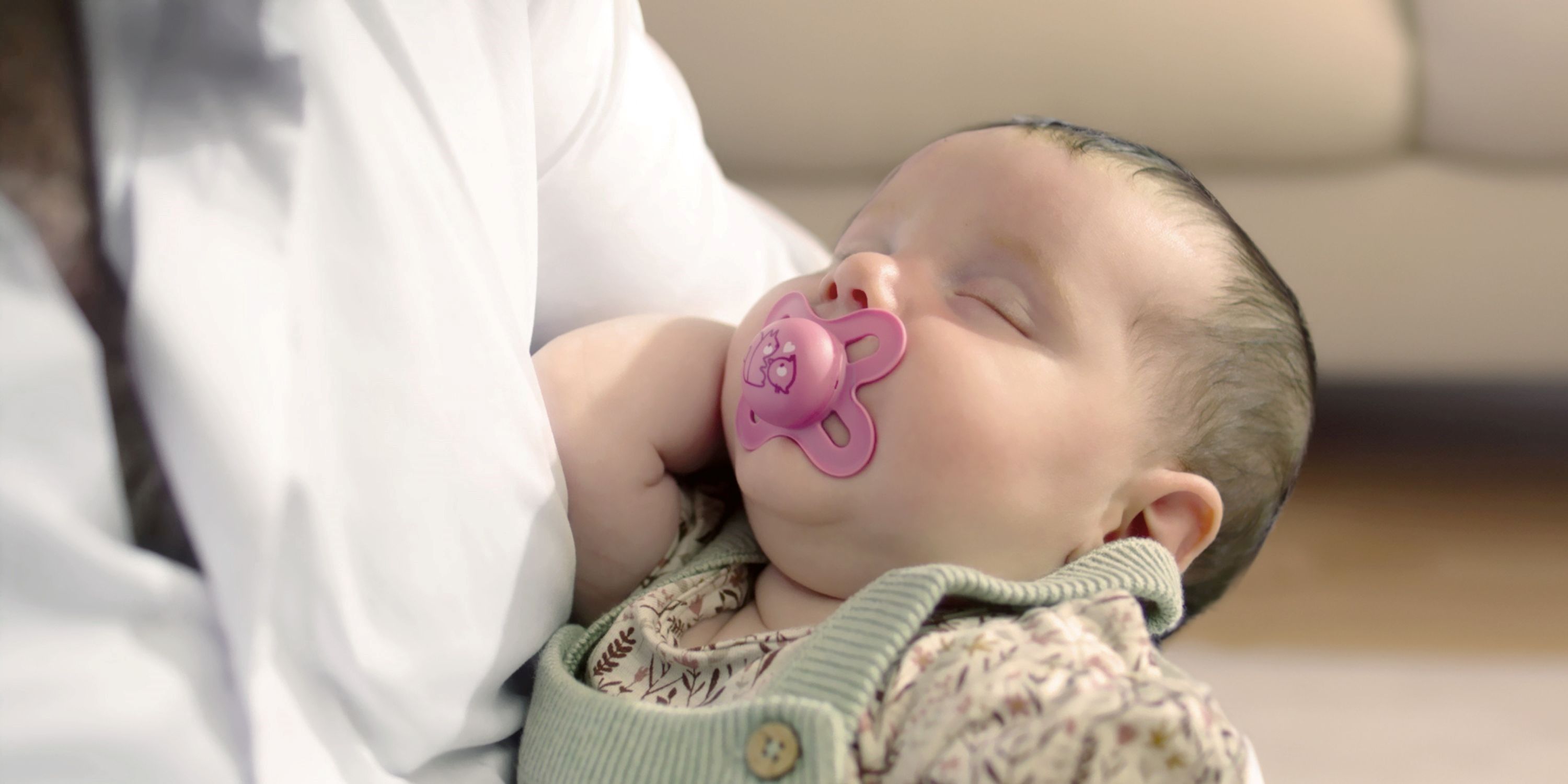Moments after entering the world, many babies look for the breast and start sucking. After all, they have been practicing for this inside their mother's belly for a long time. The importance of sucking is also shown in studies with premature infants. MAM expert Professor Reinhold Kerbl, Head of Department of Pediatrics and Adolescent Medicine at the Regional Hospital Hochsteiermark (Austria), explains what the innate need for sucking is all about.
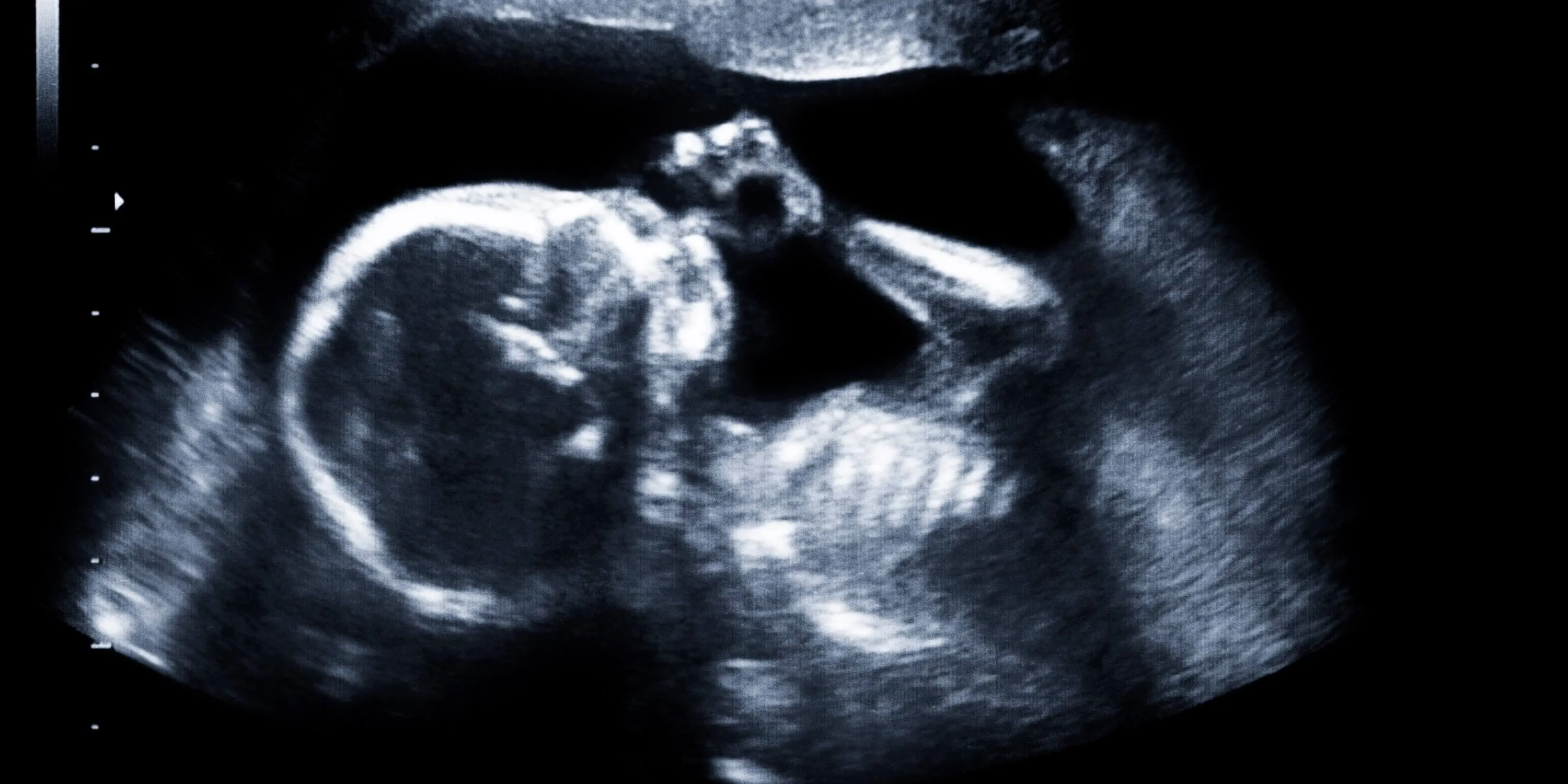
Why fetuses practice sucking
It starts around week 14 of pregnancy: with a bit of luck, the fetus can be observed sucking its fingers during the ultrasound examination. This is not only for relaxation, but also in preparation for feeding after the birth.
Studies show that premature infants who are fed by a tube, and are encouraged at the same time by their parents to suckle independently with fingers or pacifiers, can subsequently feed orally earlier and leave the hospital sooner.
The urge to suck in the first year of life
A distinction is made between different types of sucking: "On the one hand there is sucking to feed, and on the other hand there is also "non-nutritive" or food-independent sucking," explains Professor Reinhold Kerbl. Babies are born with a strong innate urge to suck. This ensures reflexive sucking at the breast, on fingers, or a pacifier as soon as these touch the mouth. Sucking is also one of an infant's primary calming mechanisms. The pediatric specialist considers it not only possible but also helpful to use pacifiers to satisfy this strong urge.
A pacifier offers many advantages: for example, it relaxes the baby – especially during periods of restlessness. Studies also show that a pacifier can be combined with breastfeeding without any problems. It has no effect on the duration of breastfeeding. Because pacifiers are also associated with a reduced risk of sudden infant death syndrome, the study authors recommend it for infants.
Many hospitals also use pacifiers for pain relief because non-nutritive sucking is a proven calming mechanism. Scientific studies have shown that they can help to relieve unpleasant and painful sensations during certain procedures. This effect has also been proven in premature babies.
On a typical day, a pacifier can help to calm babies who are fretful or in pain – for example when suffering from colic. However, some babies will not take a pacifier. They should not be compelled to do so. Professor Reinhold Kerbl also recommends: "If the baby loses its pacifier while sleeping, it shouldn't be put back in its mouth."
"The urge to suck in the first year of life is very pronounced – the breast and anatomically correct pacifiers are suitable for satisfying this urge."
(Prof. Reinhold Kerbl)
The urge to suck in the second year of life
At the age of 2 the urge to suck slowly diminishes. The baby is increasingly interested in solid food, which it can now chew well with its first teeth. It is also important that the child uses the pacifier less often to support speech development. While breastfeeding can be continued for as long as it is appropriate for both mother and child, now is the ideal time to slowly start weaning your baby off the pacifier. The pacifier should be discontinued by the third birthday, in order to support healthy tooth and jaw development.
The WHO recommends exclusively breastfeeding on demand, before introducing solids at 6 months and complementary breastfeeding until the age of 2 and beyond. By observing different cultures, anthropologists assume that children start weaning independently at the age of 3-4 years. The term "long-term breastfeeding" therefore appears to be a culturally formulated term rather than having biological relevance .
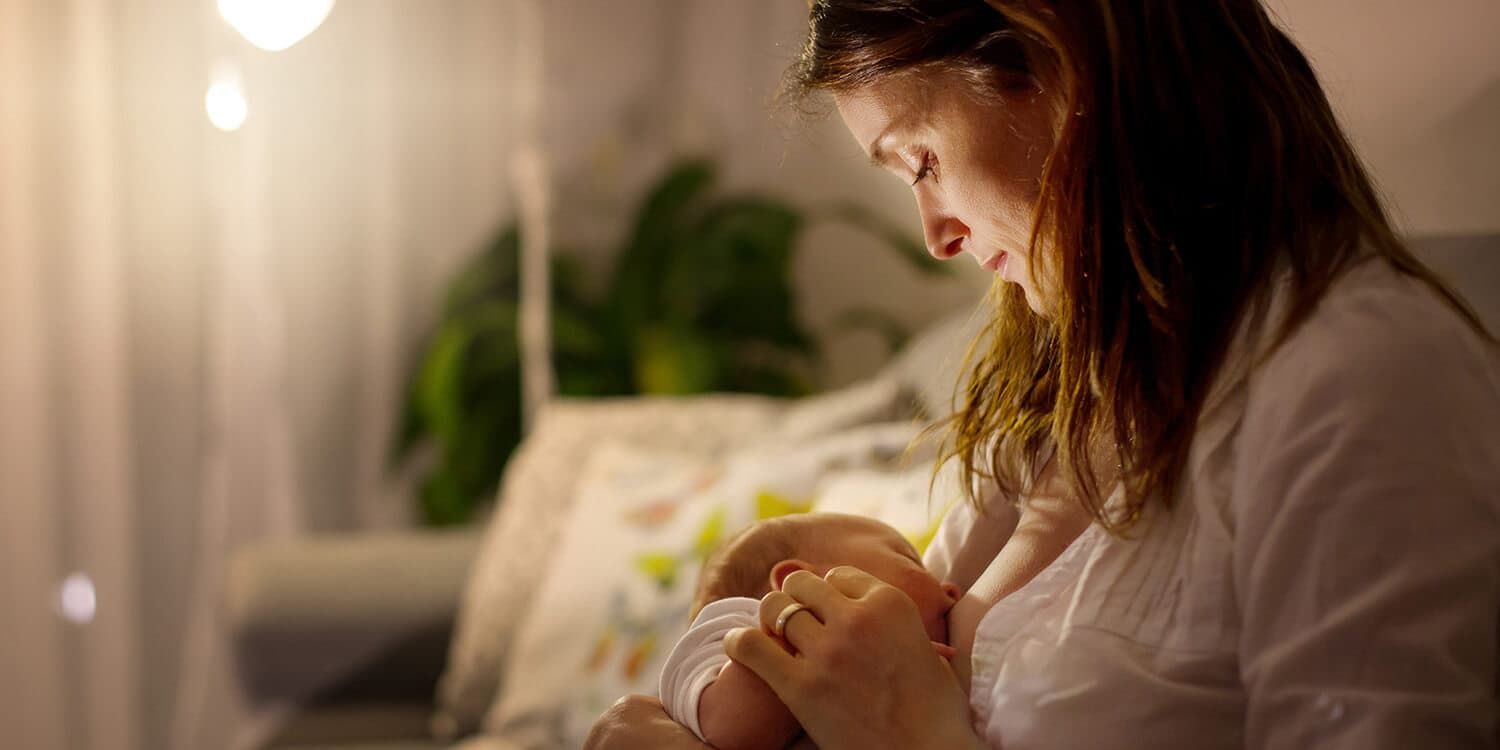
Non-nutritive sucking with a pacifier
In addition to the mother's breast, only an anatomically correct pacifier can support healthy development: such pacifiers are characterized in particular by a thin nipple neck and a symmetrical teat. In addition, high-quality pacifiers are not only better for jaw and tooth development, they are also manufactured from quality-tested material.
The MAM expert has a further piece of advice: the pacifier is preferable to the thumb! Studies have shown that infants who suck their fingers or thumbs after their fourth birthday will continue the habit, which can lead to tooth and jaw problems.
Photo: Shutterstock
Sources:
Harding, C. (2009). An evaluation of the benefits of non-nutritive sucking for premature infants as described in the literature. Archives of Disease in Childhood, 94(8), 636-640
Carbajal R, Chauvet X, Couderc S, Olivier-Martin M. Randomised trial of analgesic effects of sucrose, glucose, and pacifiers in term neonates. BMJ 1999; 319: 1393-1397.

